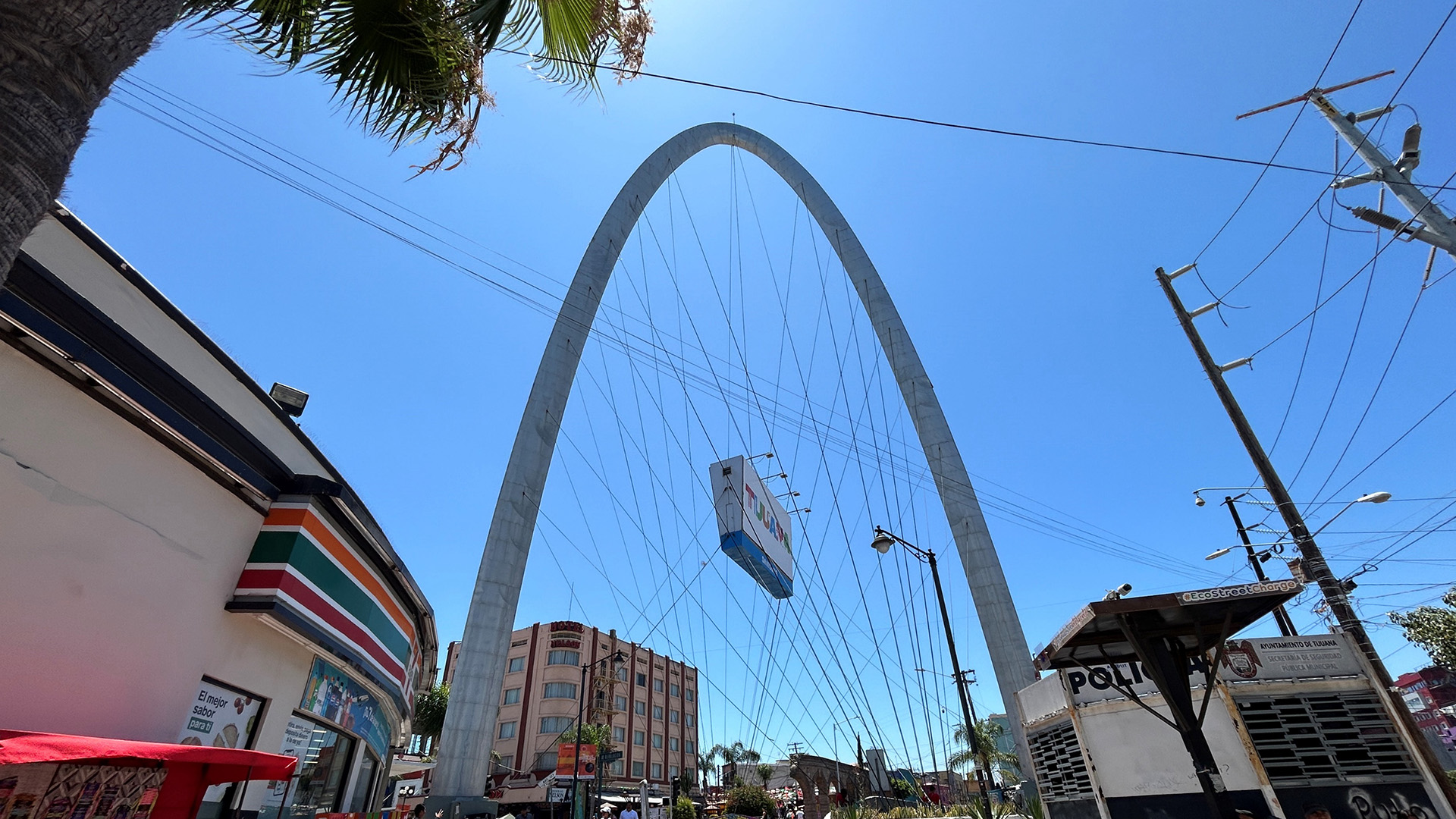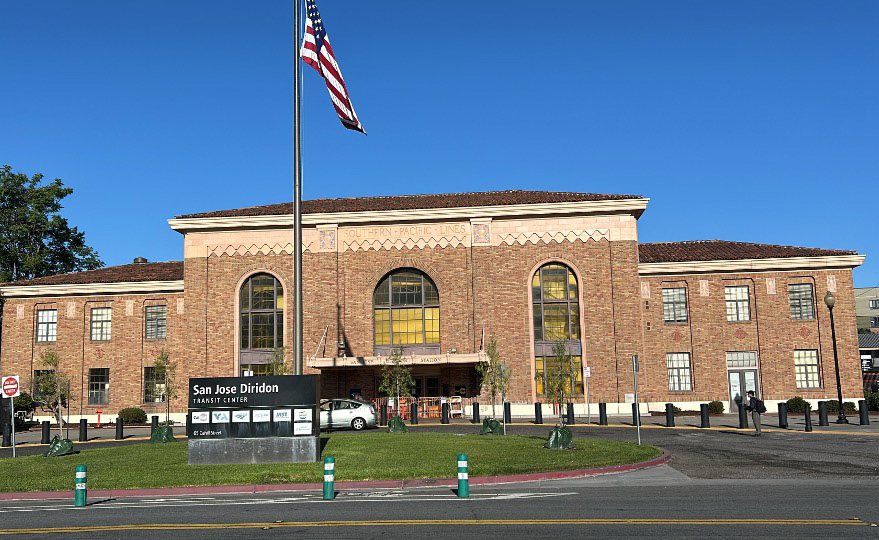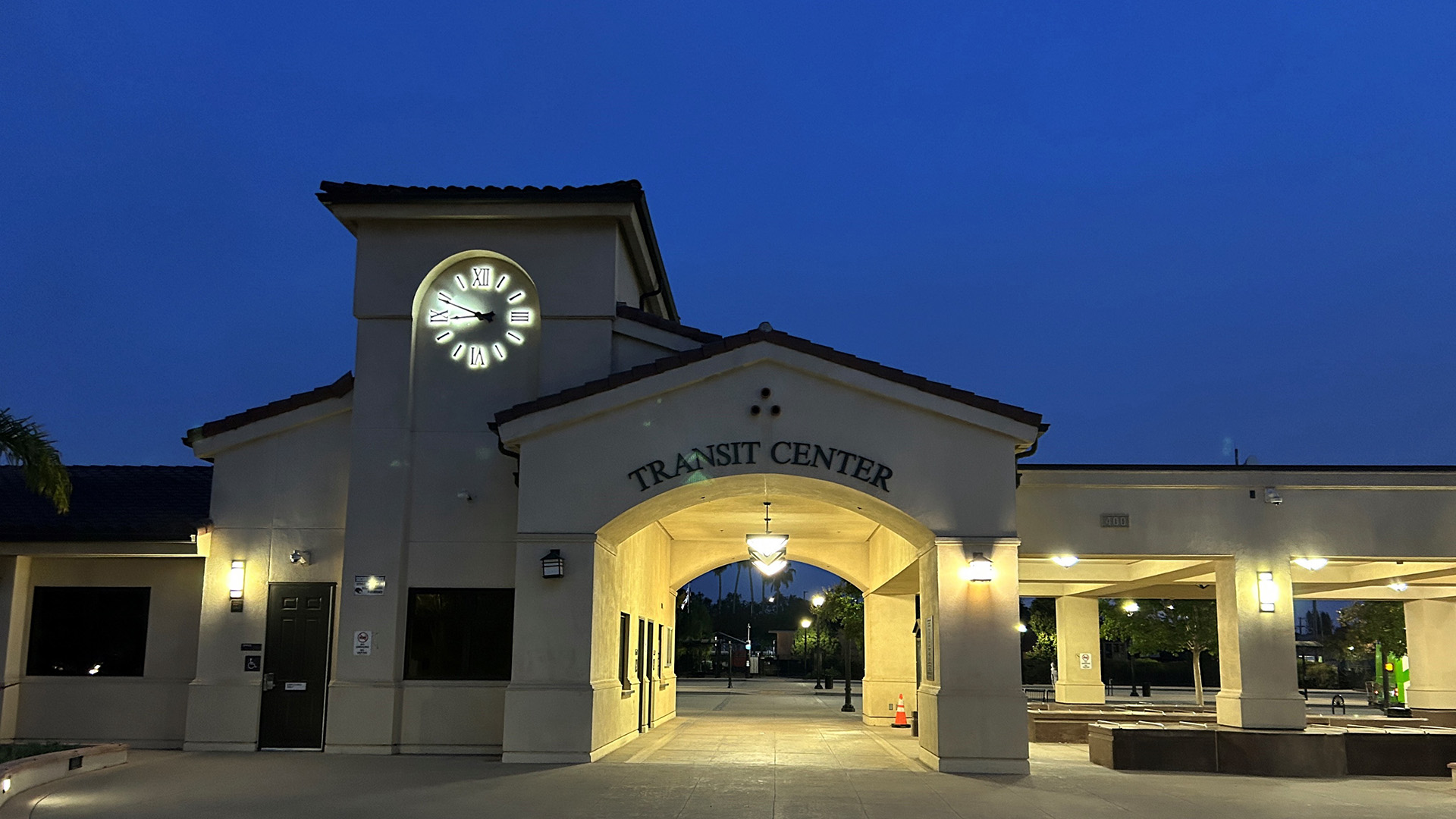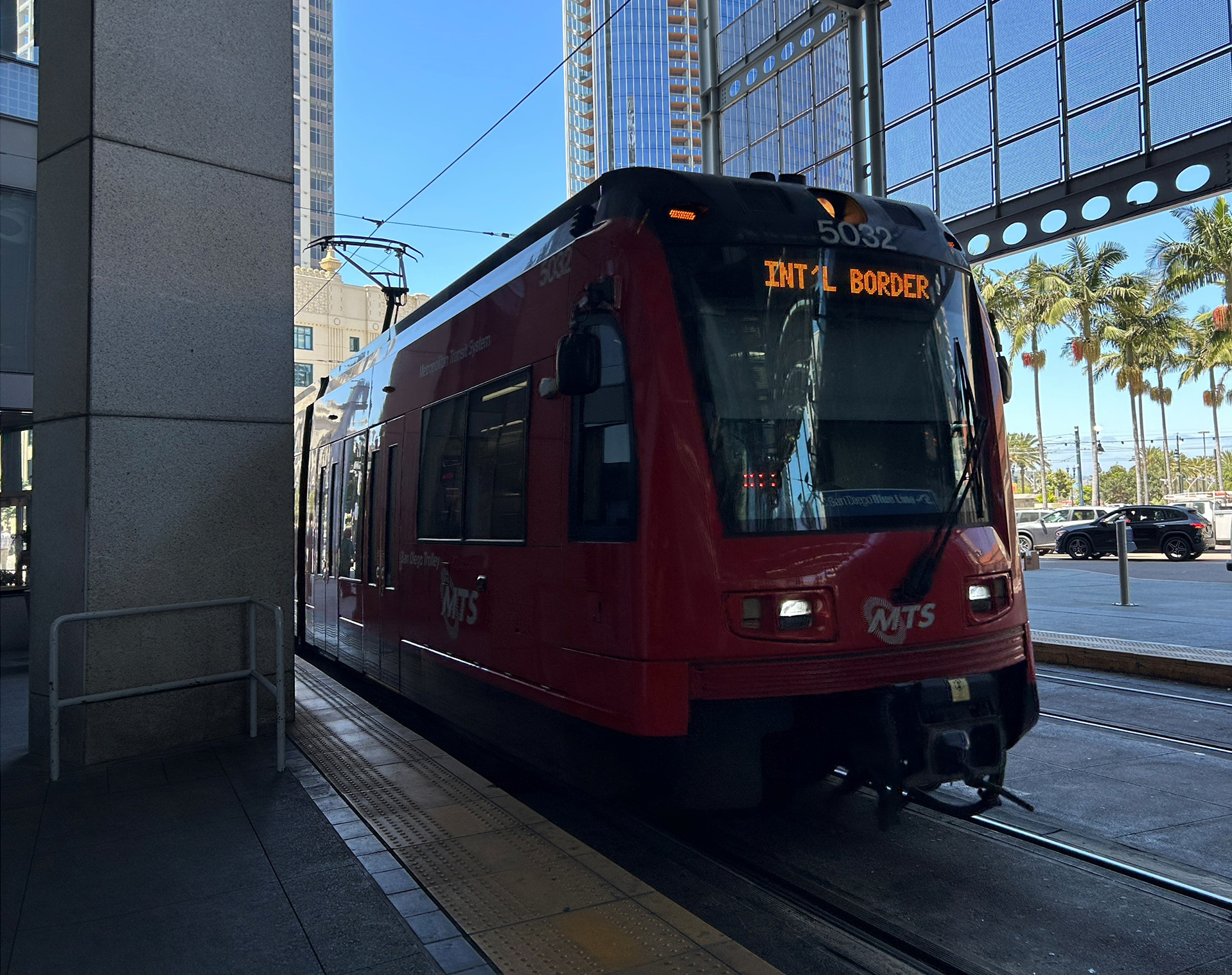William’s Travels: Riding transit all the way to Tijuana from Vancouver — made it!
William’s Travels: Riding transit all the way to Tijuana from Vancouver — made it!

We’ve been documenting William’s travels on The Buzzer as he rides transit from Vancouver all the way to Tijuana, Mexico! The third and final leg of William’s trip begins in sunny San Jose, California. Read on for how it all went. Check back tomorrow for a post-trip interview with William!
![]()
The final numbers for the journey:
- 🚌 Kilometres travelled: 2,945 km
- ⌚ Hours travelled: 144.1 hours
- 💲 Total fares: $200.60 USD
Places visited
I’m expecting to cover lots of distance again on this final leg. It was an early start to this final leg of my trip as my first bus departed at 8:05 a.m. from San Jose Diridon Station.

On the way to Salinas: I found out that Castroville was apparently the world capital of artichokes. Sure enough, while passing the farms, I saw fields after fields of artichoke plants.
Travelling down the 101 Highway: Farms, farms and more farms. Then rolling hills that shimmered as the sun began to set. For my next day’s trip, I was on the bus before the sun came up and took the first bus out from Santa Maria Transit Center to Santa Maria Airport.
This was the only way to catch the last bus from Santa Maria to Santa Barbara! The other bus to Santa Barbara left about an hour earlier.

Explored Santa Barbara in the Morning
Entering Los Angeles: Enduring traffic on clogged freeways and arteries – in the middle of the day! I arrived at De Soto Station 25 minutes later than scheduled. Fortunately, I had an hour’s worth of buffer, so I did not need to rush.
Winding through Northwestern LA on the Orange Line: Every time I go to LA, I am reminded how its metropolitan area is so large. The Orange Line seems so short on the map but traversing about 75 per cent of it took about 45 minutes on a dedicated busway.
I completed the last two major legs of the trip using commuter rail, from LA to Oceanside on Metrolink, and then from Oceanside to San Diego on North County Transit District
A brief stop in Oceanside: I found that the transfer points are a great way to break up the trip. I always thought of road trips as journeys with a lot of sitting in vehicles for days at a time, but this did not prove to be the case. I ended up exploring places I never would have thought of visiting outside of this trip.
Finally on the way to Tijuana: I took the “trolley” from American Plaza towards San Ysidro. The trip from downtown San Diego to the border only takes about 30 minutes.

San Ysidro: Unlike the Canadian/US border I crossed at the beginning of the trip, people take the trolley to cross the border (in both directions) daily. The trolley stop is an integrated part of the border, just steps away from the Mexican and US border control points.
Crossing the Border: I was processed within 10 minutes.
I was in Mexico: It’s amazing what arbitrary lines do. I was just a few meters away from the United States but it certainly felt like a different place. I explored downtown Tijuana for the afternoon. Unfortunately, I couldn’t figure out how to take a bus (and I even tried researching this), but I thought to leave well enough alone. It was a fun afternoon, but certainly this journey was more important than the destination! Getting into Mexico is easy, but the line back was long, at least 30 minutes in the general queue. Fortunately, I had Nexus and was able to go through in 5 minutes.
Reflections
Travelling on Saturday isn’t as convenient as weekdays. I had to take a more circuitous route to Salinas because a service from Gilroy did not run on weekends. Services generally ran less frequently overall.
Having said that, the connections were generally well-timed. I didn’t typically spend more than an hour in any transfer point. My longest layover was in Paso Robles for just over two hours, and my shortest layover was in San Luis Obispo for about 10 minutes (it was a timed transfer).
The longest days were scheduled for the end of the journey. I could travel California from north to south in 3 days, but all these days were relatively long because California is a big place. Pretty much all of Canada’s population can fit into California.
Between the larger cities in California are farms. Many farms. I’ve seen them from the air before, but the size and expanse of the fields is different when travelling the length of the state.
The most crowded service I was on was the Orange Line to North Hollywood Station. The bus bunching probably contributed to this. The least crowded service I was on was the Coaster (NCTD) to San Diego. Travelling in the off-peak direction probably contributed to this.
Serving a market that is more oriented towards commuters, most of the services I used from Santa Maria to San Diego offered charging ports and free Wi-Fi. Most of these services offered were functional, but it wasn’t always the case. Finding a seat that offered these amenities also proved to be hit and miss sometimes.
The first bus out from the Santa Maria Transit Center was at 5:45 a.m. I would have preferred a later start, but this was the only option to catch the last bus to Santa Barbara. While this was an early start, it allowed me to cover a lot of ground during the day, arriving in San Diego at a fairly reasonable hour, around 7:30 p.m.
I’ve passed through a lot of park and rides on this trip. Most highway services stop at park and rides, and they are everywhere. It seems that many services are built to service people using park and rides – that is, facilities that are essentially nothing more than a parking lot close to a highway. Very few of the highway services I’ve used have stops at major other points of interest, such as shopping areas, hospitals or government facilities. Even commuter rail stations typically had large park and ride facilities, similar to West Coast Express. I have travelled a few times between Los Angeles and San Diego on rail, so it was comforting to be riding some familiar services. It was also a satisfying end to a long journey as it felt somewhat of a homecoming – I had spent some time working in San Diego a few years ago. As such, I didn’t have to worry about finding where the stops were and having to look on my phone for directions on where to go and what to do.
William Hui






I would have never guessed that this trip was possible. Well done. Saw it on CTV and wanted to learn more.
Haha, this was an interesting read all the way.
Buses in Tijuana are all cash. The SITT system (the BRT with the handful of stations) is a coin-only fare box in the bus, they had turnstiles and smart card machines installed, but they were never enabled due to low-ridership and vandalism from the other transport operators. They’re also reforming the main corridor with a scheme called “BC Bus” which is supposed to finally provide a semblance of modern service, the second service with a fare box (and a smart card reader, although no word on if it’ll see any use) instead of just driver taking cash. Although interestingly, they still operate as driver taking cash due to most people being used to paying with bills which the fare box does not take or would provide change for.
This whole trip sounds like something I’d like to try out in a year or so, I might have to do my research as I’ve done TJ-LA just fine but going forward seems like a much more interesting trip to experience.
Most routes are either independent unions or small companies dedicated to share taxis, and they just take any cash.
Can one assume that they only accept Mexican pesos?
Impressive indeed! Can you post list showing all the routes you traveled on and the connection points between them?